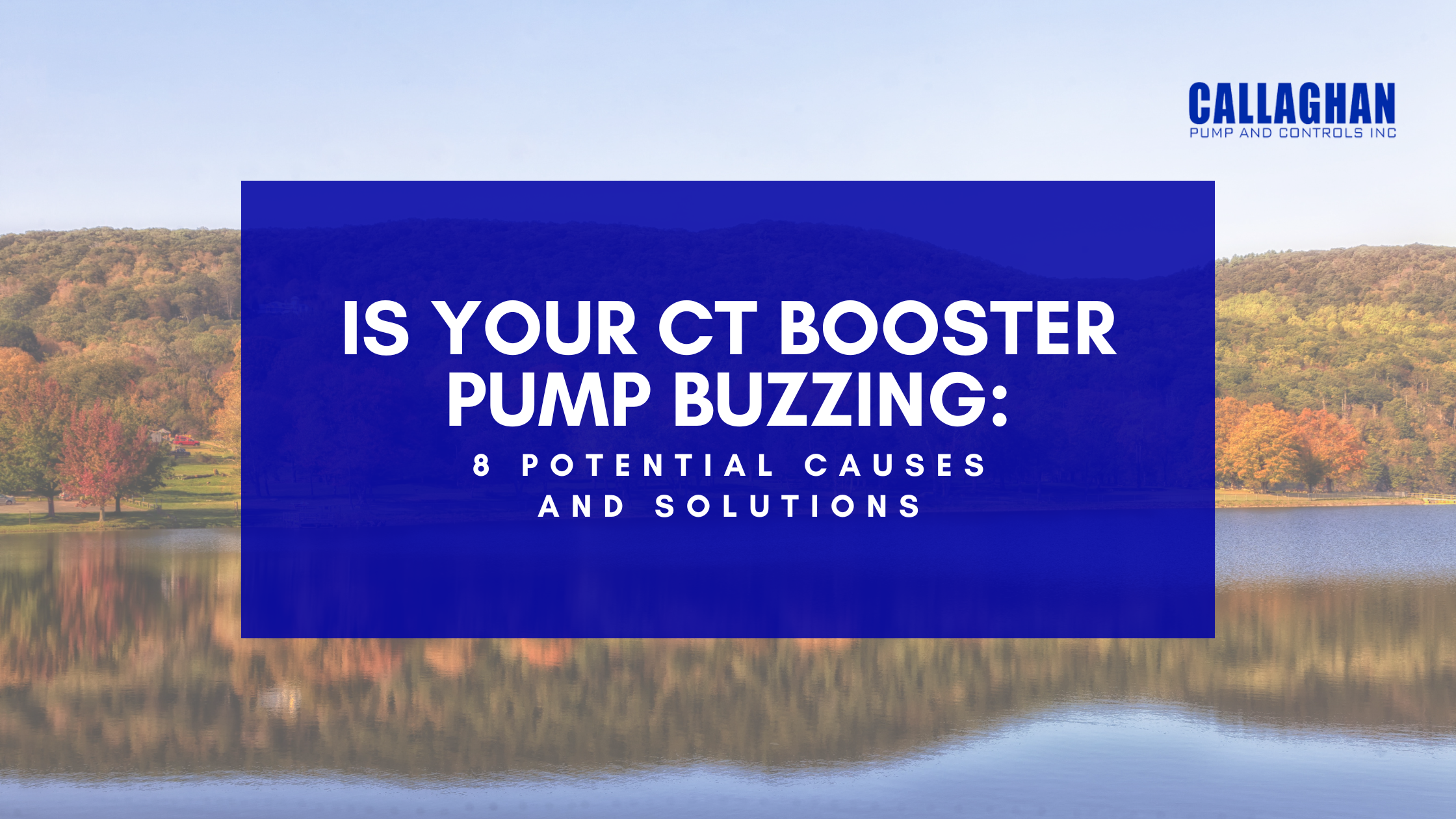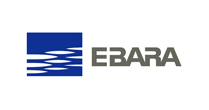
December 27th, 2023
Nothing is more irritating than a constant humming noise ringing in your home or business that you can’t eliminate. The noise might be persistent or short-lived. However, if it is coming from your CT variable booster pump , it could mean big trouble for your water supply system.
Before an irritating noise becomes a serious problem, you need to diagnose and fix the issue. If your booster pump produces buzzing sounds, the following is a breakdown of the potential causes and solutions.
Using a booster pump that is either too large or too small for the system can lead to noise issues. So, ensure the pump is appropriately sized for the water demand and system requirements. The proper booster pump selection will help you minimize noises and water hammering.
Have you noticed humming sounds when you turned the water on or off? Your gate valve could be responsible for these sounds in your water pipe. The solution is to turn off all the valves and identify the source of the problem. Whether it’s replacing the valve or repairing it, take the necessary action.
High water pressure generated by your CT booster pump can lead to noises in the water pipes. The main cause of increased pressure could be a thermal expansion of the relief device or a faulty water pressure regulator. The solution is to hire a professional to diagnose the main issue and make necessary settings or repairs.
Air trapped in the water lines or booster pump can cause humming noises. So, bleed the air from the system by opening the air release valve or venting the pump. Also, consider cavitation, as it can occur when there is a low-pressure area in the pump, leading to bubbles that collapse and cause noise. It requires checking for any blockages or restrictions in the inlet line. Adjusting the pump speed or impeller size may also help.
Loose bolts, fittings, or other pump components can vibrate and create noises. So, inspect and tighten any loose components. Ensure your CT variable booster pump is securely mounted and all connections are properly sealed.
Damaged or misaligned impellers can generate unwanted noises during the pump operation. Therefore, inspect the impeller for damage, wear, or misalignment. Consider replacing or realigning the impeller if required.
Worn or damaged bearings in the pump can create noise. So, inspect and replace worn bearings as needed. A booster pump maintenance checklist can help prevent this issue. Running the pump at higher pressures than necessary can also lead to noise. Adjust the pressure settings to match the requirements. Use pressure regulators if needed.
Vibrations from the pump can transfer to the surrounding pipes and create noise. The solution is to use vibration isolators or dampening pads to reduce the transfer of vibrations. Make sure that the CT booster pump is installed on a stable surface.
Noisy CT booster pumps can be a common issue and may result from various factors. If you cannot identify or resolve the issue, it’s advisable to consult the pump manufacturer’s documentation or seek assistance from a professional technician. For high-quality, energy-efficient CT variable booster pumps, please Contact Us Today !
john@callaghanpump.com,
eileen@callaghanpump.com,
dan@callaghanpump.com,
sales@callaghanpump.com,
service@callaghanpump.com












